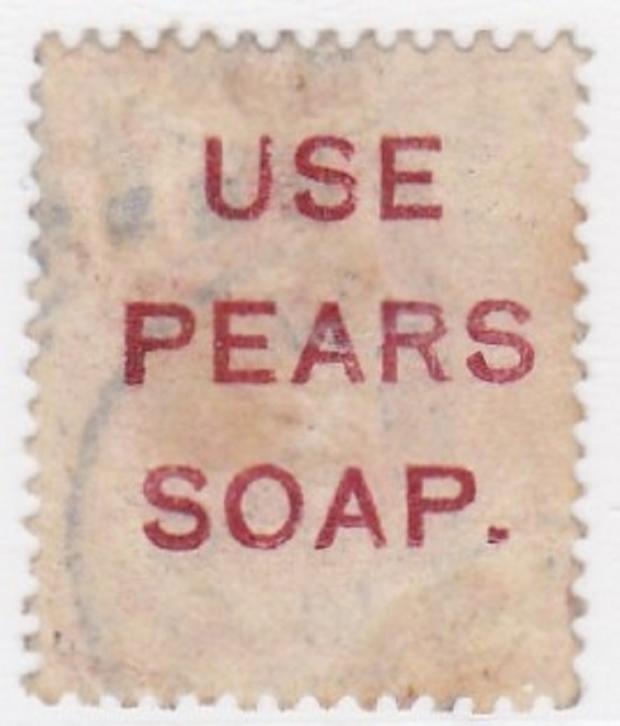Today’s Object of the Week relates to an experimental advertising campaign for soap which ended in failure.
In 1789 Andrew Pears set up a factory just off Oxford Street in London to produce and sell soap and cosmetic products.
Pears began to experiment with the purification of soap, and was able to produce a glycerine based soap with the addition of other natural products.
His trials produced a gentle clear soap with a transparent appearance, and with the addition of a perfume giving the aroma of an English garden, it proved very popular and sales started to flourish.
It was first sold in London in 1807. At the Great Exhibition at Crystal Palace of 1851 Pears was awarded the prize medal for soap.
When production moved to Isleworth in 1862, Thomas J. Barratt was appointed bookkeeper and later ran the company administration and advertising.
So successful were their adverts that Pears were able to build up a large clientele in the United States.
Read more: Holiday let branded ‘absolute joke’ after ‘cottage’ turns out to be terraced house
Barratt is often referred to as the father of modern advertising. He used many innovative methods to advertise Pears products from enamel signs, large posters and postcards. He even recruited the English Actress and Socialite Lillie Langtry to become a poster girl for Pears in 1862.
But not all of Barratt‘s advertising ideas were successful. In the late 1880’s Barratt approached the Postmaster General with the idea of using the back of postage stamps to advertise Pears Soap.
The Postmaster contacted De La Rue who were the current stamp printers and requested they investigate printing advertisements for Pears Soap on the back of postage stamps.
As a trial they printed the words ‘PEARS’ SOAP’ in double lined capitals under the gum on the back of the current Queen Victoria 1881 1d lilac and the 1887 Jubilee ½d Vermilion.
 A Queen Victoria 1d lilac stamp
A Queen Victoria 1d lilac stamp
Records show that De La Rue reported technical difficulties and the idea was shelved. But Pears did not give up and conducted their own printing experiments. It would seem they were a little more successful than the printing experts at the time.
There are recorded examples of the same double lined ‘PEARS’ SOAP’ printed in orange, blue and mauve inks, but this time they were printed on top of the gum. In philatelic terms these are known as “underprints”
A further underprint in solid red capitals ‘USE PEARS SOAP’ has been recorded used on both stamp values.
 The ‘Use Pears Soap’ underprint
The ‘Use Pears Soap’ underprint
These stamps do come onto the market occasionally, and they command quite high prices. A mint block of four of the ½d Vermilion underprinted ‘PEARS’ SOAP’ in orange was estimated in Stanley Gibbons auction in 2021 at £2,750.
Pears even had their name perforated into the stamp, this time not as advertising but to prevent petty pilfering and private usage of their stamps by the staff, as the stamps bearing company names or initials were not redeemable by the Post Office.
 An example of a ‘perfin’
An example of a ‘perfin’
This is another quite popular collecting area and such stamps are referred to as ‘perfins’.
*The stamps pictured here are part of the collection of a North East philatelist.
Read about previous Objects of the Week here:

